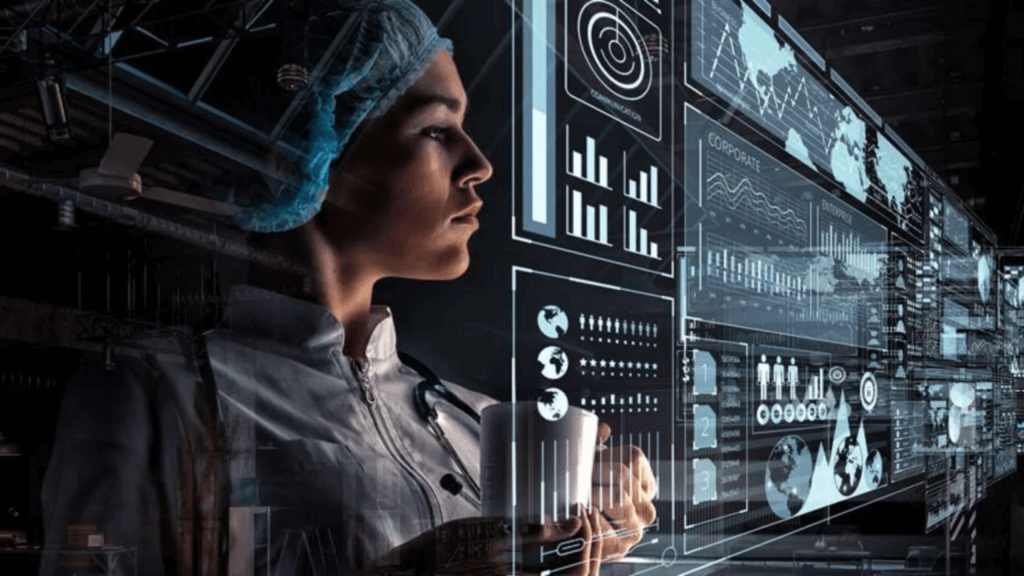
Various Internet of Things (IoT) applications have significantly improved various industries and sectors. Smart home appliances, for example, have improved cost-efficiency and convenience in so many homes. Smart sensors and automation machines have also improved productivity in industries like agriculture and manufacturing industries.
However, arguably the healthcare industry is among one of the top industries that gained the most benefits from these IoT implementations. It is estimated that by 2022, the global healthcare industry would save more than $63 billion due to the deployment of various medical and healthcare IoT devices.
There’s no doubt that IoT will be the future of the healthcare industry, with the IoT healthcare market expected to be worth $136.8 billion by 2021. However, at the moment, less than half of doctors believe that IoT healthcare devices are reliable.
Important IoT Applications in the Healthcare Industry
Potential applications of IoT in the healthcare industry are pretty broad and have been advancing steadily over the past several years. With that being said, here are some examples of how IoT devices and applications are improving the healthcare industry:
Wearable sensors
In recent years, wearable biosensors have enabled disease detection and prevention in many patients and it has proven as a boon for home based primary care. In the middle of the COVID-19 pandemic, for example, Phillips launched a wearable biosensor that could help monitor COVID-19 patients in the hospital, freeing medical workers from the responsibilities of monitoring patients in isolation rooms.
Remote disease management
Platforms like Quio allow hospitals and doctors to monitor various IoT devices related to disease detection, automated medications, and health monitoring for patients with chronic conditions. These platforms have enabled the existence of virtual hospitals by combining smart sensors and digital telecommunication technologies (i.e. video conferencing).
Smart inhalers
For patients with respiratory conditions like COPD, asthma, and others, smart inhalers that are accompanied by an app can help these patients to track their inhaler and medication uses and can remind them to take their medicines when it’s time.
Senior citizens assistance
Various IoT solutions can help senior citizens to maintain their independence while still getting assistance as soon as possible in an emergency. Apple Smart Watches, for example, now include features to help the elderly with an emergency SOS button and other tools.
Smart medication refills
Services like AdhereTech, for example, offer smart pill bottles that can issue reminders for missed doses via phone calls or text messages and can facilitate personalized support for medication refills and specific use cases.
Technical Requirements for IoT Medical Devices
As we can see from the examples above, there are various applications and use cases of IoT medical devices in assisting hospitals and medical workers to help their patients.
However, although they may vary in use cases, all these IoT healthcare devices must meet the following requirements:
1. Reliable IoT Connectivity
Connectivity is always a major issue not only for healthcare IoT, but for all IoT deployments in general. Especially for IoT devices that are used in assisting outpatients, cellular IoT connectivity is typically the most reliable solution allowing wide area coverage (potentially global coverage) and a high data transfer rate.
Cellular towers are virtually everywhere, so both hospitals/medical workers and patients wouldn’t need to invest in new infrastructures before they can start using the IoT devices and/or adding new devices to the network.
By partnering with the right IoT data plan provider like Truphone, hospitals and medical workers can get reliable IoT connectivity with ease and start implementing the healthcare IoT deployments right away.
2. Data Security Compliance
Healthcare IoT devices may carry a patient’s sensitive data like personally identifiable information (PII) as well as medical records. As the use of connected medical devices continues to grow, making sure that medical device cybersecurity is maintained becomes paramount. Making sure that the devices are protected from cyber threats can be important for protecting patient data and maintaining compliance with regulatory standards.
All IoT devices used in the healthcare industry must meet local regulations regarding data privacy and security, including GDPR, FDA standards, IEC 62304, ISO 13485:2016, MDR 2017/745/EC, and others.
3. Durability and Longevity
Medical wearables might be used on a long-term basis depending on the patient’s case, and thus the devices must be future-proofed both in physical and digital senses.
That is, the device must be made of high-quality, durable material that is also safe for the patient’s use case (i.e. smart inhalers must be made of safe materials). On the other hand, the device must allow remote software updates not only to add new features as needed but also to ensure security vulnerabilities are properly patched.
4. Ease of Use
It must be easy enough for both the healthcare workers and patients to use right away, preferably with minimal setup/assembly requirements. This is especially true for elderly patients and/or those with chronic diseases where even simple installations can be a massive burden.
IoT Management Platform for Healthcare Devices
A key aspect of maximizing the benefits from these healthcare IoT devices is monitoring and analytics.
Again, cellular connectivity is typically the best solution for wearables and IoT devices that transmit data while the patient is on the move. Typically cellular providers that offer IoT plans would also provide IoT device management software, which you can use for the following:
- Ensuring remote updates securely and simultaneously to all connected devices. We can’t expect patients to bring the IoT device for updates, so pushing updates remotely is a must.
- Monitoring data usage for each device to ensure cost-efficiency, paired with data aggregation offered by IoT data plans.
- Analytics tools to help with analyzing data gathered from the connected healthcare IoT devices.
- Automated alerts for unusual activity on device fleets (i.e. when cyberattacks are underway).
- APIs to provide additional data as needed by the healthcare professional.